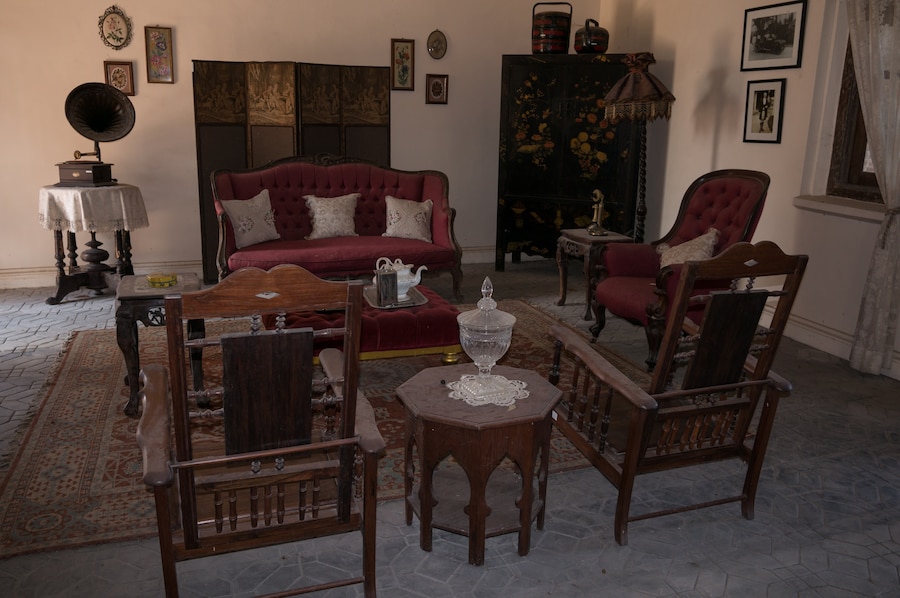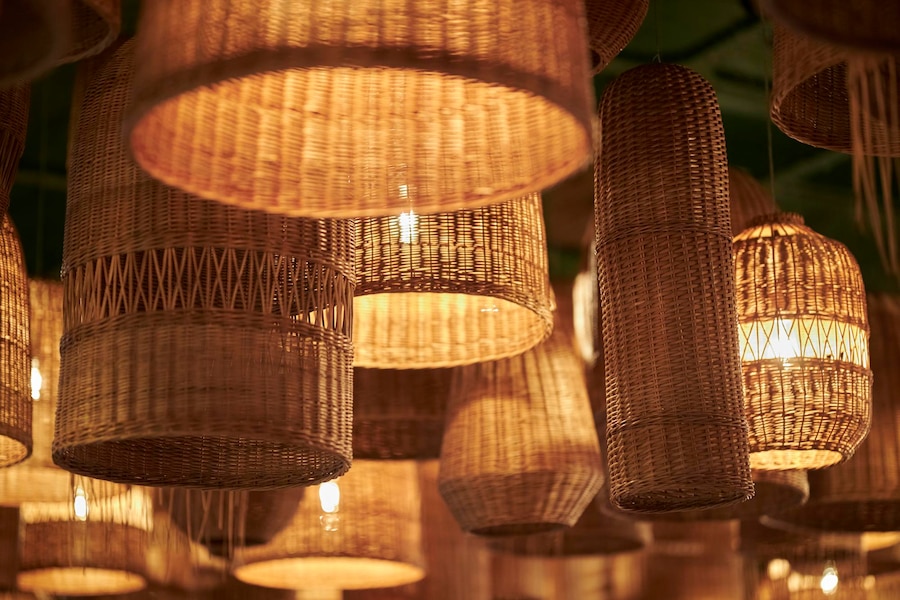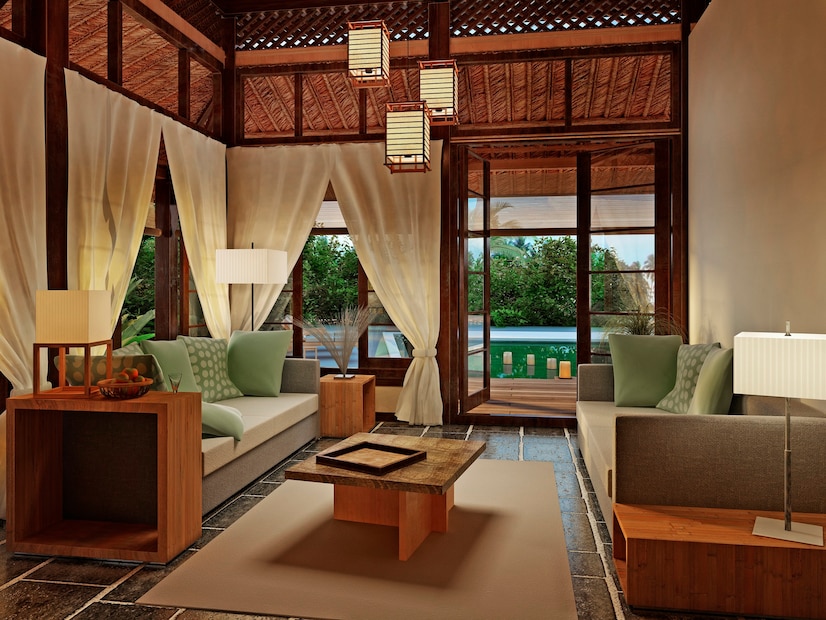In interior design, traditional interior design stands as a timeless testament to elegance and sophistication. But what is traditional interior design, exactly? Today, let us take you through the intricate details, styles, and elements that define traditional interior design. Whether you’re a seasoned designer or just someone looking to transform their living space, this article will provide a wealth of knowledge to inspire your next project.
What is Traditional Interior Design?

Traditional interior design embraces the rich heritage of various cultures and historical periods. It sums up a sense of timelessness, sophistication, and understated luxury. Traditional interior design traces its roots back to the 18th and 19th centuries. It emerged during a time when luxury, ornate details, and intricate craftsmanship were highly regarded. This style was particularly popular in European countries, including France and England. It was a response to the ornamental excesses of the Baroque and Rococo periods, embracing a more restrained and classic approach.
Why Choose Traditional Interior Design?
Traditional interior design is the choice of those who appreciate the enduring appeal of classic aesthetics. It’s perfect for individuals who desire a home with warmth, comfort, and an air of refinement. Traditional interiors create elegant and inviting spaces by blending the old with the new.
Key Characteristics of Traditional Design
Several key features characterize traditional interior design:
- Timeless Elegance: Central to classic design is an idea of beauty that never fades away. It uses elements that have lasted centuries, shaping areas that give off an air of grace and refinement.
- Rich and Warm Color Palettes: Traditional interiors often feature rich and warm color palettes. Deep reds, earthy browns, and muted greens are commonly used to evoke a cozy and inviting atmosphere.
- Careful Detailing: Traditional design is known for its fancy and detailed features. Every part of the design is made with care to make it look interesting, from beautiful moldings and wainscoting to decorative ceiling treatments.
- Antique and Vintage Furnishings: Antique and vintage furnishings play a significant role in traditional interior design. Pieces with history and character are preferred over modern, minimalist options.
- Symmetry and Balance: Symmetry and balance are essential principles in traditional design. Rooms are often arranged with a sense of calmness, creating a harmonious and pleasing aesthetic.
- Classic Patterns: Classic patterns like damask, toilet, and florals are frequently used in traditional interiors. These patterns can be found in upholstery, wallpaper, and drapery.
Elements of Traditional Interior Design
To achieve the traditional look, certain design elements are crucial:
- Furniture: Traditional furniture tends to be substantial and timeless. Think of plush sofas, wingback chairs, and wooden dining tables with ornate legs.
- Fabrics: Luxurious fabrics such as silk, velvet, and brocade are commonly used for upholstery and drapery. These textiles add a sense of luxury to the space.
- Lighting: Chandeliers and sconces are popular choices for traditional lighting. They often feature intricate designs and provide a warm, ambient glow.
- Accessories: Traditional interior design embraces decorative accessories like porcelain vases, framed artwork, and elaborate mirrors. These pieces contribute to the overall charm of the space.
 Modern Interpretations
Modern Interpretations
While traditional interior design has roots in the past, it has evolved to accommodate modern lifestyles. Contemporary homes incorporate traditional elements today, creating a timeless yet functional environment.
Now that we’ve covered the core elements let’s explore some specific styles within traditional interior design.
Styles of Traditional Interior Design
- English Traditional: Inspired by English manor houses, this style features dark wood furniture, floral patterns, and a cozy, lived-in feel.
- French Country: French country design emphasizes rustic elegance with weathered wood, soft pastel colors, and toile fabrics.
- Victorian: Victorian interiors are opulent and grand, characterized by heavy drapery, ornate furniture, and intricate details.
- Colonial: Colonial style draws from early American history, showcasing simplicity, practicality, and handmade craftsmanship.
- Mediterranean: This style brings a touch of the Mediterranean with earthy colors, wrought iron accents, and textured walls.
How to Achieve Traditional Interior Design?
Now that you grasp the fundamental elements and styles, let’s explore how to bring traditional interior design to life in your own space.
Steps to Achieving Traditional Interior Design
- Color Selection: Choose for a rich, subdued color palette with shades like deep reds, blues, and warm neutrals.
- Furniture Choices: Invest in high-quality, timeless furniture pieces with intricate detailing. Think wingback chairs, Chesterfield sofas, and antique tables.
- Textiles and Fabrics: Select upholstery and curtains with classic patterns and textures. Incorporate throw pillows and area rugs for added warmth.
- Accessories: Decorate with tasteful accessories such as decorative mirrors, antique vases, and candleholders.
- Lighting: Choose elegant lighting fixtures like crystal chandeliers or brass wall sconces to create a refined ambiance.
- Wall Treatments: Add wainscoting, crown molding, or decorative wallpaper to give your walls a traditional touch.
How Traditional Interior Design’s Place in Modern Homes?
Blending the Old with the New
Many modern homeowners appreciate the elegance of traditional interior design but also seek the convenience of contemporary living. Fortunately, these two worlds can coexist harmoniously. You can seamlessly incorporate traditional elements into a modern home by selecting key pieces of furniture, such as a classic dining table or an ornate mirror.
Creating a Cozy Ambiance
One of the enduring charms of traditional design is its ability to create a cozy and inviting atmosphere. This is especially appealing today. By infusing your home with the warmth of traditional design, you can create a retreat from the hustle and bustle of daily life.
Choosing the Right Accessories
Accessories play a pivotal role in traditional interior design. Ornate mirrors, chandeliers, and antique rugs can add character and depth to your space. These carefully chosen pieces can transport you to a different era while still feeling relevant in the present.
In conclusion, traditional interior design offers a captivating outcome through history, seamlessly blending timeless elegance with modern sensibilities. It’s a style that appeals to those who appreciate classic aesthetics and the comfort of a warm, inviting home. Understanding traditional design’s key elements and principles allows you to create a space with sophistication and charm. So, whether you want to transform your entire home or add a touch of tradition to your modern space, traditional interior design has much to offer. Embrace the beauty of the past and make it a part of your present!


